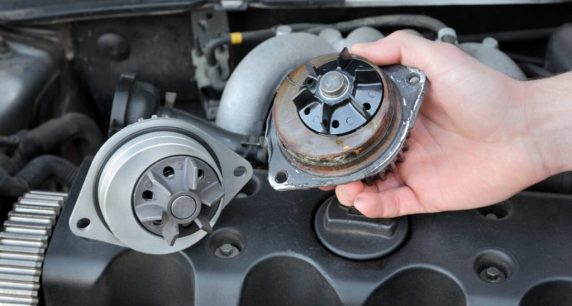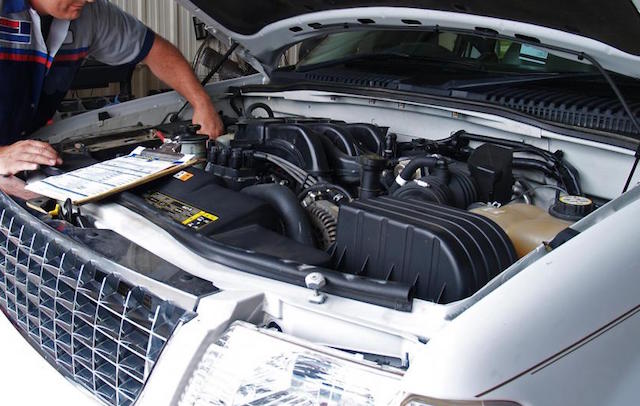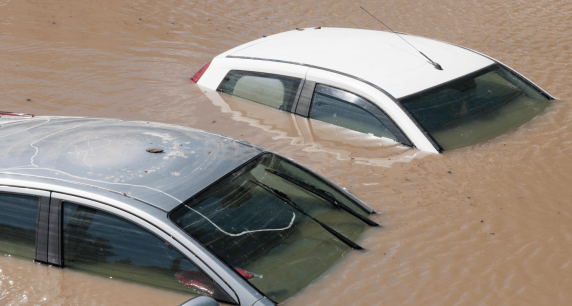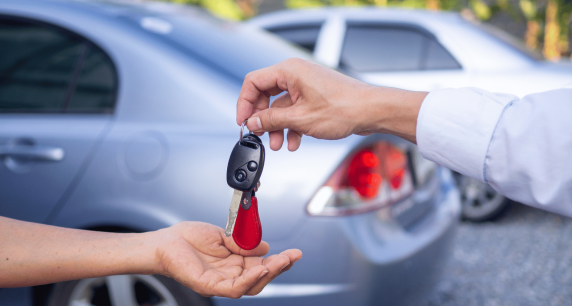The Cooling System and Water Pump

THE FUNCTION OF A WATER PUMP
Located near the front of your engine, the water pump is connected to the radiator and the engine block. The pump is powered by the vehicle’s fan belt and uses centrifugal force to drain water from the radiator (which has been cooled) into the engine block.
This process is continuous as the engine is in operation, passing water through the engine block and over the cylinder heads and back through the radiator to begin the cycle again.
WHAT HAPPENS IF A WATER PUMP GOES BAD?
Over time, the water pump is vulnerable to wear, tear, and corrosion, especially the gaskets (seals), fan blades, and the bearings (connections). When these components are worn they may create leaks or even impact other parts of the engine, such as the serpentine belt.
Some of the more common issues you may experience with a failing water pump may include the following:
- Leaks: If you notice a puddle or even small drops of coolant underneath the center front of your vehicle, there may be an issue with your water pump. It may also indicate a radiator leak. If the leak is big enough, it may create smoke or a smell when the coolant touches hot surfaces. Engine parts are designed to remain sealed, so leaks are not something you should see with any component of your vehicle. Small leaks typically lead to larger leaks and resulting damage to parts.
- Steam: It’s never a good sign when you see steam rising up from the hood of the vehicle. Steam can indicate that there is a leak somewhere in the cooling system or the water pump is not functioning properly. When steam is present, it is always advisable to pull over safely to the side of the road and let your engine cool down. Once cooled, you may be able to drive again but it is important to have the vehicle checked out as soon as possible by a service professional.
- Overheating: If your engine temperature light goes on and your engine is overheating, this is another tell-tales sign of a problem within your cooling system. As with steam, it is very important to limit any further driving because your engine is not receiving the vital hydration it needs to stay cooled. High temperatures can quickly complicate and cause cracked cylinder heads or other serious damage to your engine. Find a safe place to pull over and contact roadside assistance for a tow, if possible.
KEEPING THE WATER PUMP PUMPING

The good news about the water pump is that it is designed to have a long lifespan without problems. To extend this lifespan, there are some things that a vehicle owner can do. These include:
- Watching for coolant leaks and listening for whining or thumping sounds, which can sometimes be attributed to a damaged water pump.
- Keeping the coolant topped off and periodically checking for leaks, especially if the coolant level is frequently below standard.
- Getting coolant flushes every 56-64K Kilometres driven. Because the quality of coolant can diminish over time and wear, it is very helpful to have it replaced. During a coolant flush, the service professional may do a pressure test to determine if there are any leak within the system.
If you have concerns or questions about your vehicle’s cooling system, or think you might have an issue with the water pump, let us know and comment down below for any inquiries.



